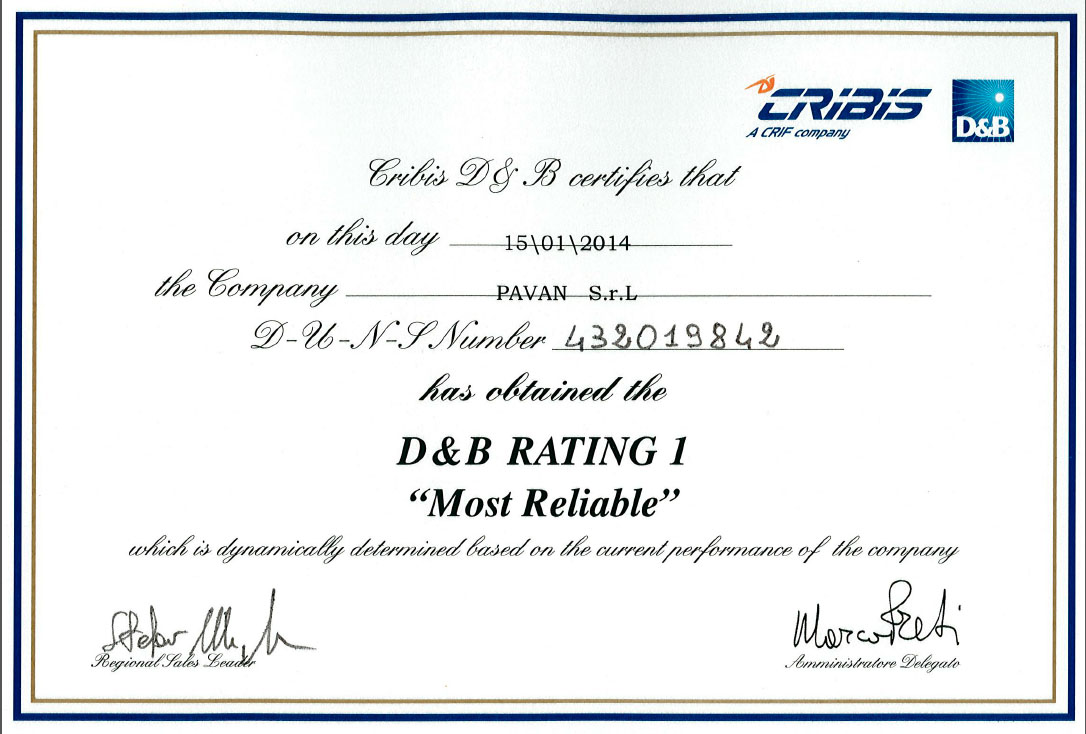
Horse meat: a European scandal that offers new risk for the Italian market
4 March 2014Featured article: proceedings of the European Fresh Pasta and Gnocchi Conference (Venice, 30 May 2014)
by Marina Nadia Losio1, Stefano Bilei2, Barbara Bertasi1, Elisabetta Delibato3, Paola De Santis2 e Dario De Medici3
1) Istituto Zooprofilattico della Lombardia e Emilia Romagna (Brescia)
2) Istituto Zooprofilattico del Lazio e Toscana (Rome)
3) Istituto Superiore di Sanità (Rome)
Starting in the 1960s international trade in the food sector has undergone an exponential increase, much higher than the total quantity of what was actually produced.
The value of international trade in this key productive sector rose from $ 438 billion in 1998 to $ 1,060 billion in 2008—an increase of 2.3 times—while, during the same period, total world food production grew just 1.4 times, from $ 1,400 to $ 1,780 billion.
In 2030, the demand for food on a worldwide level will increase by 50%, with a resulting increase in international trade in this sector.
While on the one hand this vast and rapid flow of food products from one part of the planet to the other contributes to ensuring consumers have availability to all types of foods irrespective of the season and where they are produced, on the other it represents the ideal platform for the spread of contaminants.
One of the most important tools for guaranteeing that these foods are safe from a health and hygiene standpoint, is the availability of traceability of the origin of the various ingredients.
EC regulation no. 178/2002 of the European Parliament and Council, dated 28 January 2002, establishes that those operating in the food sector are responsible for product traceability throughout all phases of the production supply chain, from processing to distribution, including ingredients added to foods.
However, the recent scandal involving horse meat, as in other crisis situations in the sanitary field, highlighted the difficulty of applying traceability regarding the complex nature of international trade of food products.
In January 2013, in Ireland, horse meat was found in frozen beef hamburgers and on February 8th, the United Kingdom informed the European Commission that a British company had sold lasagna prepared with beef from a French company. Testing of the meat sauce used in preparing the lasagna revealed the presence of horse meat at a concentration of 80-100%.
In early March 2013, European Health Commissioner Tonio Borg announced a 5-point action plan designed to remedy the above-mentioned problems:
1. creation of a system similar to RASFF for the rapid exchange of fraud-related alerts and information;
2. control program;
3. passport for horses (amendment of EC 504/2008);
4. implementation of official controls and fines;
5. country of origin labelling.
Italian laboratories who have been active in the area of official controls for years are involved in identifying different animal species because the presence of different species, compared with that declared in a food, can be relevant on a sanitary and legal level in a variety of ways.
The main aspects to be considered are:
- health and hygiene, in the event the food product contains an ingredient that could trigger allergies or intolerances in consumers, the presence of which consumers are unaware. The potential presence of substances harmful to health that could be present as a corollary result of food fraud;
- ethical-religious, in the event animals considered to be household pets (dogs, cats, horses for Anglo-Saxon consumers) or prohibited by religion (pork for Muslims and Jews) are utilized;
- economic, in the event superior or quality products are replaced with less-select or low-quality products, creating unlawful profit to the detriment of consumers.
To demonstrate the presence of an animal species in a food, various analytical methods may be used:
- immunological, based on the reaction between the proteins of a specific animal species contained in the food and antibodies capable of recognizing them, supported by various reaction and detection systems;
- electrophoretic, based on the ability to separate animal proteins through capillary electrophoresis or agarose gel electrophoresis; this separation can be implemented through the addition of molecules which create a pH gradient to pinpoint each protein within its specific isoelectric point;
- molecular, targeted to specific gene sequences in animal DNA and which utilize the Polymerase Chain Reaction (PCR) or real-time PCR.
Although sensitive, immunological and electrophoretic methods cannot be utilized for determining different animal species in foods that undergo heat treatment in which the proteins are denatured.
In recent years, an attempt has been made to avoid this problem through the use of molecular methods based on PCR and real-time PCR, which have the requisites (stability, reproducibility and specificity) required to also be applied to matrices that are complex and subject to heat treatments. In particular, the majority of qualitative molecular methods (presence/absence of species under examination) developed and utilized to-date, call for the amplification of mitochondrial DNA in various animal species.
Within the context of this emergency, on 19 February 2013 a European recommendation was issued dealing with a coordinated control plan with a view to establish the prevalence of fraudulent practices in the marketing of certain foods to verify the prevalence of fraudulent practices in the marketing of foods containing meat.
The recommended control plan involved two aspects:
- detect any presence of horse meat not properly declared (in fact, all ingredients must be declared on the label and, for products containing meat as an ingredient, the species of the meat must be indicated);
- determine the presence of phenylbutazone residues (a powerful non-steroidal anti-inflammatory drug that may only be used in animals used for racing and not those destined for slaughter).
It should be stressed that the plan was initiated because of a health alert (risk of phenylbutazone for humans), while later focusing on the commercial aspect.
Simultaneous with this recommendation, the European Union Reference Laboratory for Animal Proteins in feedingstuffs (EURL-AP) published the real-time PCR analytical method to be used in detecting horse meat in samples taken as part of the plan. Nonetheless, it should be noted that analysis could also be performed using other methods, as long as they were valid and recognized by the EURL-AP.
A number of Istituti Zooprofilattici Sperimentali (IIZZSS – Experimental Zootechnic Institutes), involved in the plan, utilized previously-validated analytical methods designed to detect DNA in different animal species in a wide variety of food matrices.
Utilizing these methods, 361 samples were analyzed, 324 in the Lombardy and Emilia Romagna Zootechnic Institute alone, of which 14 did not conform due to the presence of horse meat.
The labs using the multiplex method—i.e., simultaneous detection of multiple animal species in the same sample—were also able to detect in the samples analyzed the presence of other animal species not declared on the label.
For the majority of samples that tested positive, a second analysis was requested at the Istituto Superiore di Sanità (ISS), which in the meantime had accredited the EURL-AP method.
All samples analyzed by the ISS resulted positive for the presence of horse meat, confirming the IIZZSS tests.
In Europe, 4,144 samples were analyzed, of which 193—4.4% of the total—resulted positive for the presence of horse meat. The percentage of positive samples placed Italy in a mid-position on a European level.
At the same time, a monitoring plan involving 7,999 samples initiated by manufacturers revealed the presence of horse meat in 111 samples (1.1%).
The European Community recently followed up with a second coordinated control plan to uncover fraudulent practices, and in Italy 150 samples must be analyzed to verify the presence of horse meat.
To assist European laboratories involved in the plan, the EURL-AP has distributed reference materials for performing semi-quantitative analysis of the potential presence of equine DNA.
This emergency, like others that have occurred in recent years, has underscored the need for cooperation between manufacturers, relevant public health bodies and research institutes as the only tool for guaranteeing safe food usage. Safe food usage should also include guarantees regarding food product authenticity as a new frontier for implementing the sale of Italian food products on a global level.
Download for free the magazine
 PASTARIA DE (digital edition) 2014 n. 4 (ITALIANO) (15.8 MiB, 1,699 download)
PASTARIA DE (digital edition) 2014 n. 4 (ITALIANO) (15.8 MiB, 1,699 download)
Registrazione necessaria. Sign-up to download.
 PASTARIA INTERNATIONAL DE (digital edition) 2014 no. 4 (ENGLISH) (14.5 MiB, 1,943 download)
PASTARIA INTERNATIONAL DE (digital edition) 2014 no. 4 (ENGLISH) (14.5 MiB, 1,943 download)
Registrazione necessaria. Sign-up to download.

